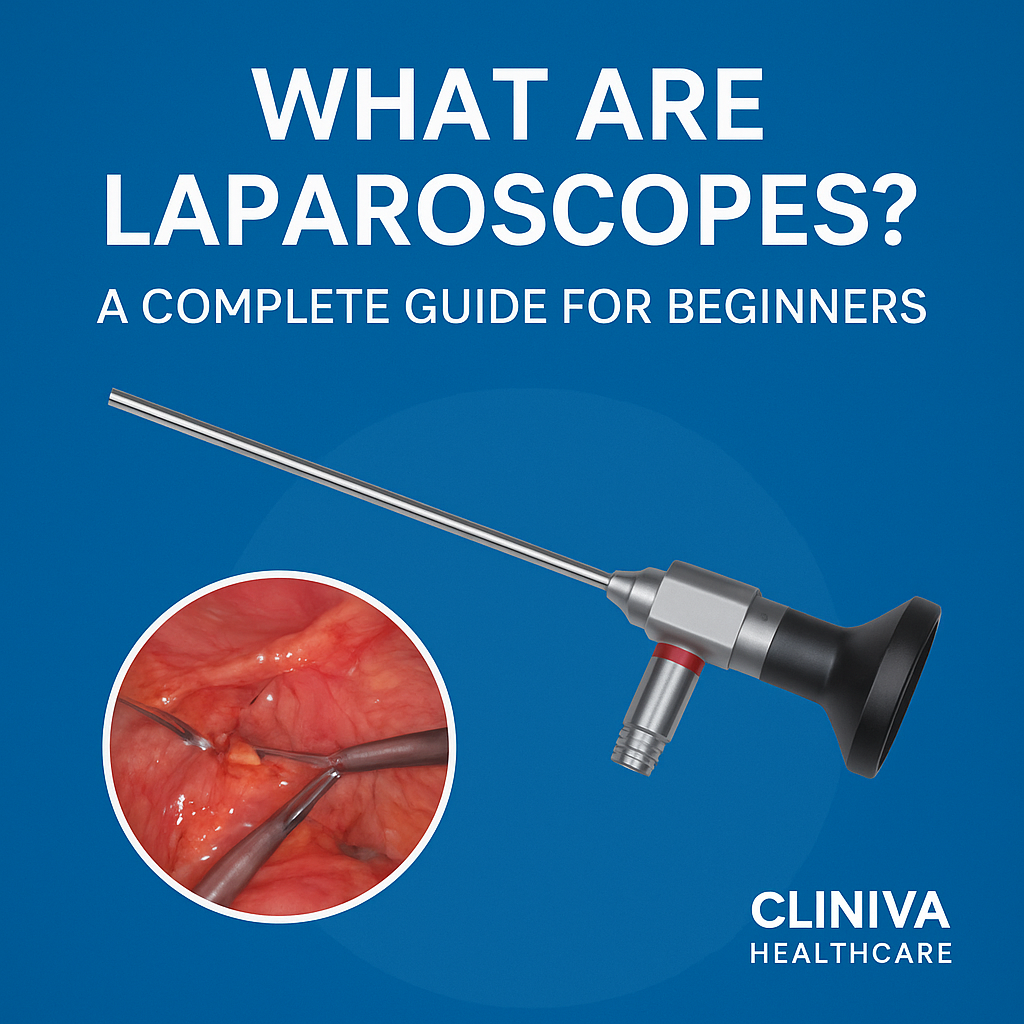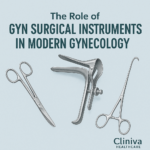
About Laparoscopes
When it comes to modern surgical processes, laparoscopes have completely changed the way doctors diagnose and treat different conditions. Minimum invasive surgery which seemed to be complex once and time -consuming surgery is now rapid, safe and less painful for patients. But if you are new to the medical world, or just curious about how these devices work, then you must be wondering: what are the laparoscopes and why they are so important?
In this guide, we will break what laparoscopes are, how they work, their main use, and why they have become an essential tool in healthcare today.
What is a Laparoscope?
A laparoscope is a thin, tube -such device equipped with a camera and light source. It is designed to allow surgeons to look inside the human body without the need of large incisions. The device transmits high-resolution images on a monitor, giving doctors a clear, uninterrupted view of internal organs and tissues.
Laparoscopes are commonly used in minimal invasive surgery, also known as keyhole surgery, as instruments only require small cuts to insert. This approach helps to reduce the patient’s discomfort, reduce the risk of infection and speed up the time of recovery.
How do laparoscopes work?
The functioning of a laparoscope is both simple and advanced at the same time:
- Insertion: The surgeon forms a small incision, often near the abdomen button, and carefully inserts laparoscope.
- Illumination: The underlying light source brightens the surgical area inside the body.
- Visualization: The small camera sends a high-definition monitor to real-time images.
- Surgical Guidance: With clear views, surgeons can perform processes with accuracy, often use additional specific equipment inserted through other small incisions.
This combination of illumination and visual makes laparoscopes unavoidable in modern medical therapy.
General use of laparoscopes
Laparoscope is used in many areas of therapy. Here are some of the most common applications:
- Gynecology: for procedures such as hysterctomy, endometriosis treatment, or examining infertility issues.
- General Surgery: For gallbladder removal, hernia repair and appendic surgery.
- Urology: Diagnosis or treatment of renal and bladder related conditions.
- Oncology: To detect tumors with minimal attacks and sometimes to treat it.
The versatility of the laparoscope has made it an important part of both clinical and surgical practices.
Benefits of using laparoscopes
For patients and healthcare providers, laparoscopes provide many benefits:
- Small incisions: Unlike open surgery, cuts are small, reduce scars.
- Low pain: Small incisions means less pain and discomfort after surgery.
- Rapid recovery: Patients can often go home on the same day or within a small hospital stay.
- Low risk of infection: Small wounds are rapid healing and have less complications.
- Accurate: Surgeons get a clear and magnified view for better accuracy.
This patient-centered approach is one of the reasons that laparoscopic surgery are becoming a global standard in many hospitals.
Evolution of Laparoscopes
Laparoscope has come a long way since its early development in the 20th century. The first laparoscopes were rigid and offered limited visibility. Today, Advanced Model Facility offers:
- High-definition camera for crystal-clear visuals.
- Flexible scope to navigate complex areas.
- 3D and robot-assisted systems that further enhance accuracy.
Brands such as Cliniv Healthcare are at the forefront of providing modern laparoscopic equipment to hospitals and clinics, which benefit both doctors and patients from the latest technology.
Why laparoscope matters in modern healthcare?
The importance of laparoscopes is beyond technology. It has changed the overall patient experience:
- Surgery that once requires recovery weeks, now it takes just days.
- Hospitals save resources for less migration and less complications.
- The doctors are capable of making an accurate diagnosis more quickly.
In short, laparoscopes are not just equipment-they represent a change towards safe, more efficient and patient-friendly healthcare.
Laparoscopes – Maintenance and Care
For medical professionals, it is important to maintain laparoscopes. Proper cleaning, sterilization and regular inspection ensure that these tools remain effective and safe for patients. High quality brands such as Cliniva Healthcare not only supply durable laparoscopes, but also direct healthcare providers on the best practices for maintenance.
Future of Laparoscopes
- Looking forward, This equipment is expected even more advanced
- AI integration to help surgeons in real -time decision making.
- Wireless endoscopy system for more ease of use.
- Increased robotics for complex surgery with minimal human error.
These innovations will further strengthen the role of laparoscope in improving global health care standards.
Get the Best Laparoscopes
For beginners trying to understand modern medical devices, laparoscope represents one of the most exciting progress. They are known for their contribution in surgery, which makes them safe, sharp and less aggressive. Whether in gynecology, urology, oncology, or general surgery, their role cannot be eliminated.
In Cliniva Healthcare, we are committed to supporting medical professionals with world -class laparoscopic equipment combining innovation, quality and reliability. By investing in advanced laparoscope, healthcare providers can give the best results for their patients today and in future.


 Next Post
Next Post
This post has been a great help.
Hey guys, been poking around xoc88fun. Got some cool games and the odds aren’t too shabby. Might be worth throwing a few bucks at and seeing what happens. Good luck! xoc88fun
What’s up peeps? Gave ok88vn a go, and so far so good. User-friendly, and haven’t had any issues cashing out. Maybe give ok88vn a try!